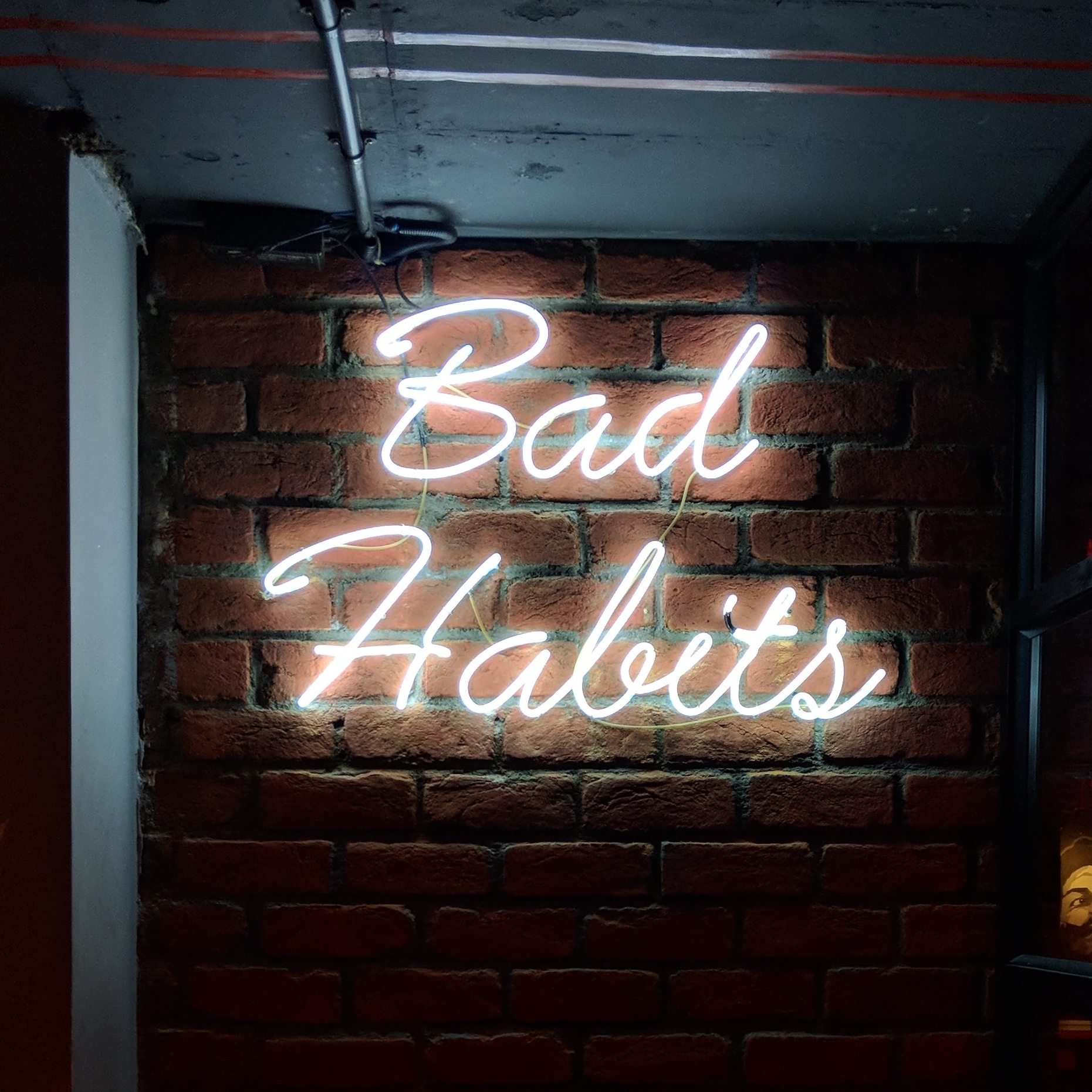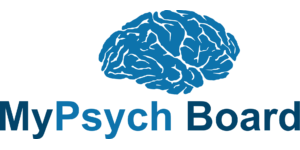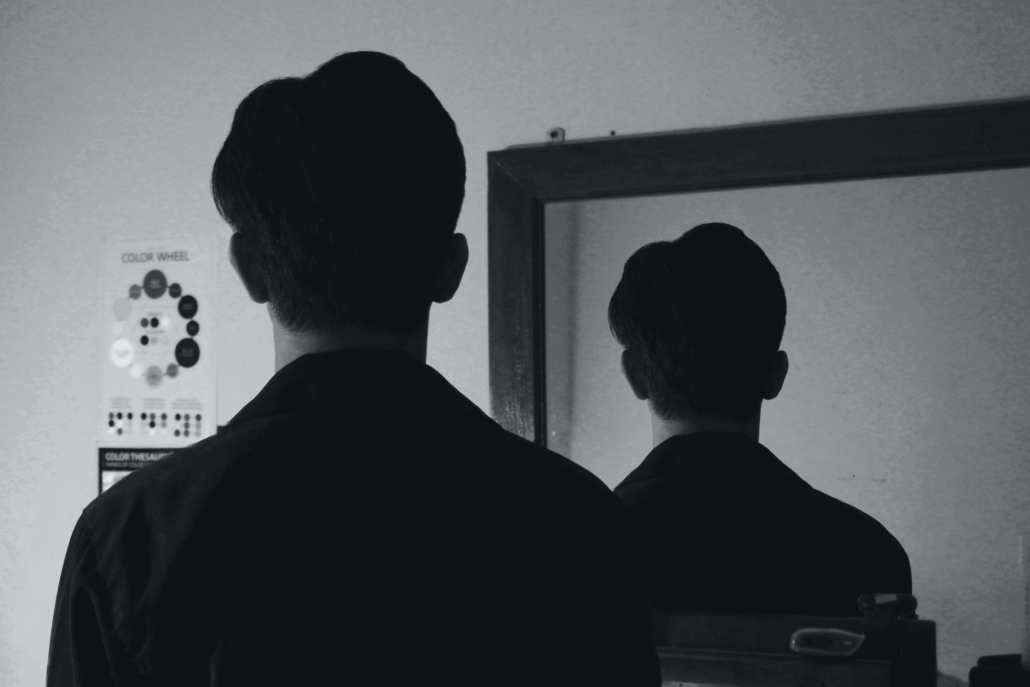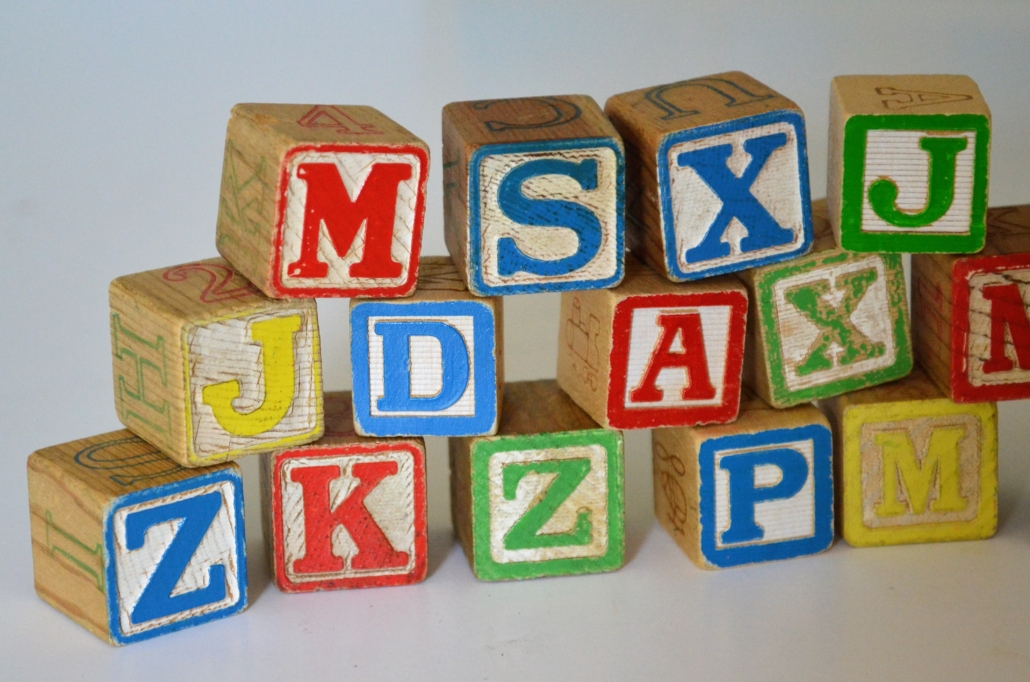How to Break Bad Habits…For Good!

Every day we go about our day doing dozens of things on autopilot. We do them every day, so we don’t think about it. Most of the time, these are mundane tasks; sometimes, they’re good habits like taking a multivitamin or doing morning yoga; other times, they’re bad habits that over time become detrimental to our well being.
Maybe it’s picking up your smart phone first thing in the morning and scrolling through social media so that you end up running late. Maybe it’s staying up too late under the pretense of “me time” so that you’re not getting enough sleep and end up dragging through the next day. Whatever the habit may be, it’s important to identify these behaviors and put an end to them.
Recognizing Good vs. Bad habits
Habits can be physical, mental, reactive…they can take on almost any form. And as mentioned before, we have dozens if not hundred of habits. They aren’t all bad– a lot of these are necessary because we don’t need to be thinking intentionally about every little thing we do every moment of every day. So if takes deep personal reflection to mull over what habits you may have that are negatively impacting you. A good way to start this is to ask yourself, “Where is there a sense of discontentment in my life, and what are my actions or reactions surrounding that?”
How long does it take to break a bad habit?
Habits don’t form overnight. It takes time to wire your brain into doing the same thing over and over, and just the same it takes time to UN-wire your brain. Depending on the person, it can take anywhere from 18 days to almost a year to break a habit. This of course depends on several factors such as why the habit has persisted, what the habit is representing or reinforcing, and whether or not there’s something that can temporarily replace the habit.
Most habits are intrinsically reinforcing. That is, they make us feel good (hello, dopamine). They make our brain think it’s being rewarded even if the action itself isn’t positive. Maybe this sounds familiar, and it should. This is the foundational framework that addictions are based on! Breaking habits and addictions are difficult, but with a little help and persistence you can stop the cycle yourself.
How to break a bad habit step by step…
Firstly,
You must identify what the habit is. Let’s say every time you sit down to study for your boards, your mind starts drifting to some household tasks you’ve been meaning to do. Then you find yourself ruminating on the fact that you haven’t done any of those tasks in a while and your living space is falling apart. After a few minutes, you’ve convinced yourself that now is the ONLY time to do them and studying can wait.
The next day, you sit down to study and…your mind starts drifting to what you’re making for dinner. Do you have the risotto, or should you run to the grocery store? If you don’t go now, it’ll get too late and– suddenly you’re off on an errand. And so on. This is a mental habit. The association of studying and drifting becomes so strong that after long enough, it will become harder and harder to intentionally sit and complete the initial task (studying).
Next,
You need to set a goal. Use the acronym SMART (see our previous blog here on how to set SMART goals!) so make sure it’s realistic. Tell yourself you will sit and study for 10 minutes without distraction the first day. The next day make it 12 minutes. The next day make it 15 minutes. As you build up time, you’re training your brain to ignore the impulse to drift away while maintaining a reasonable goal for yourself so that you get that dopamine “boost” that the habit previously was providing.
Lastly,
Understand why you want to break the habit. In this example, studying for your boards is a vital step toward furthering your career. That’s a pretty motivating factor!
We want to help you break your bad studying habits! Contact us with any questions you have so we can help you set up a plan to get your habits on track! Want to make a habit to study more? Check out our Question Banks and find the best option for you! You’ve got this, and can definitely achieve whatever you put your mind to!



